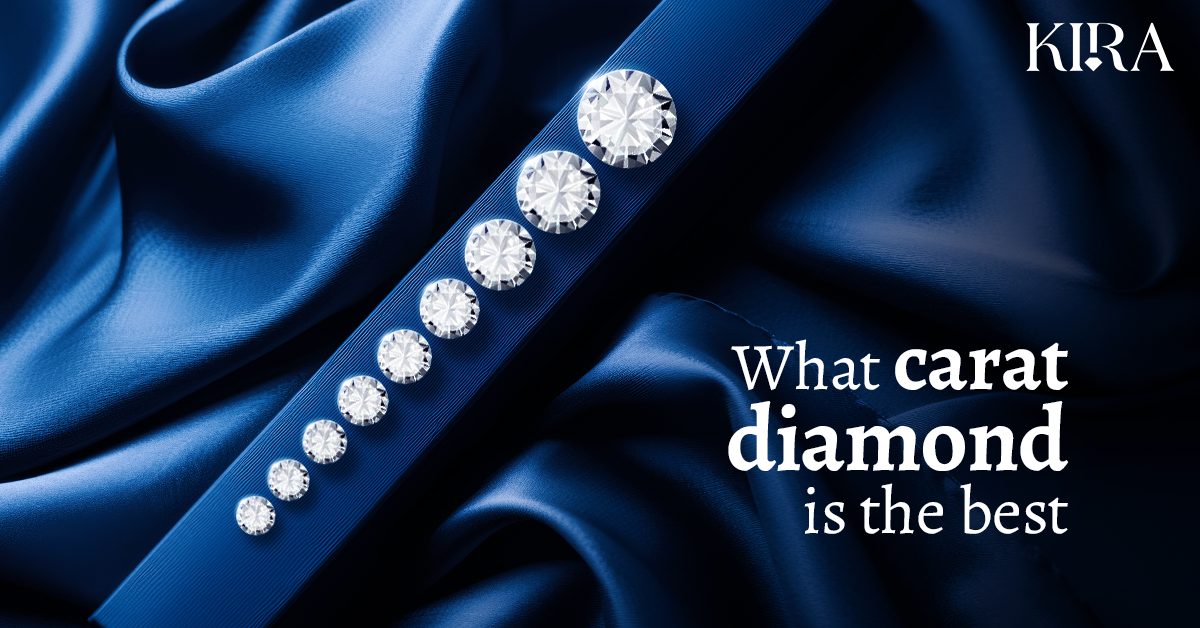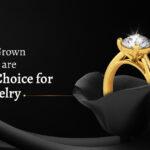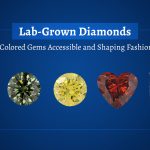A Guide to Finding the Carat Diamond That Suits You Best

What carat diamond is best for you? The answer depends on your personal preferences, budget, and the occasion. Whether you’re eyeing a delicate piece for daily wear or a show-stopping rock for a special moment, understanding the significance of carat weight will help you make the best choice.
Let’s dive into the sparkling world of diamonds to determine the best carat diamond for your needs and explore why lab grown diamonds (LGD) might be a superior choice compared to natural diamonds of the same carat weight.
What Does Carat Mean for Diamonds?
Carat is a unit of measurement that indicates the weight of a diamond. One carat is equivalent to 200 milligrams. It’s important to note that carat weight doesn’t necessarily reflect the diamond’s size visually, as different cuts can make a diamond appear larger or smaller. So, understanding carats is crucial when selecting a diamond.
In addition, the carat weight is only one of the “4Cs” that determine a diamond’s quality, with the other three being cut, clarity, and color. Each of these factors can significantly influence the visual appeal and value of a diamond.
What is the best carat diamond?
The best carat diamond depends on your preferences and budget. For many, a one-carat diamond strikes the perfect balance between size and affordability, but the ideal choice varies. When considering what carat diamond is good, think about the diamond’s cut, clarity, and colour, as these factors also influence its overall appearance and value.
It’s also worth noting that trends and cultural preferences can affect what is considered the “best” carat weight. In some regions, larger diamonds are highly prized, while in others, the focus might be on the quality and craftsmanship of the diamond, regardless of its size.
How to Select the Best Carat Diamond?
Selecting the best carat diamond involves balancing size, quality, and budget. Here’s how to make an informed choice:
Determine Your Budget: Establish how much you’re willing to spend, as carat weight significantly impacts price.
Understand Carat Weight: Recognise that carat refers to the diamond’s weight, not its size. Different cuts can make diamonds of the same carat look larger or smaller.
Balance the 4Cs: Consider carat weight alongside cut, colour, and clarity. A well-cut diamond can appear larger and more brilliant than a poorly cut, heavier diamond.
Consider Setting: The setting can enhance or diminish a diamond’s appearance. For instance, a halo setting can make a smaller carat diamond look larger.
Personal Preference: Ultimately, choose a carat weight that matches your style and the intended occasion, whether for daily wear or special events.
It’s also beneficial to view diamonds in person or through high-quality images to understand how different carat weights and cuts appear in various settings. This hands-on approach can give you a better sense of the diamond’s presence and how it complements your style.
Are Lab Grown Diamonds Measured in Carats?
Yes, lab grown diamonds are measured in carats just like natural diamonds. This standard measurement allows for a direct comparison between lab-grown and natural diamonds, ensuring you can make an informed decision based on the carat weight, regardless of the diamond’s origin.
Moreover, lab-grown diamonds undergo the same grading processes as natural diamonds, providing transparency and reliability in their carat weight and overall quality assessment.
Lab Grown vs. Natural Diamonds: Comparing Carats
When comparing lab-grown and natural diamonds, carats measure the weight in both cases, ensuring a standardised comparison. A carat represents 200 milligrams for both types of diamonds. While the carat weight is the same, lab-grown diamonds often offer better value, as they can provide larger carat sizes at a more affordable price.
Additionally, lab-grown diamonds are created in controlled environments, making them a sustainable choice without compromising on the quality or appearance of the carat weight compared to natural diamonds.
Furthermore, lab-grown diamonds have a shorter supply chain and lower environmental impact, contributing to their growing popularity among eco-conscious consumers. They also allow for innovative and precise cutting techniques, ensuring exceptional quality and brilliance.








